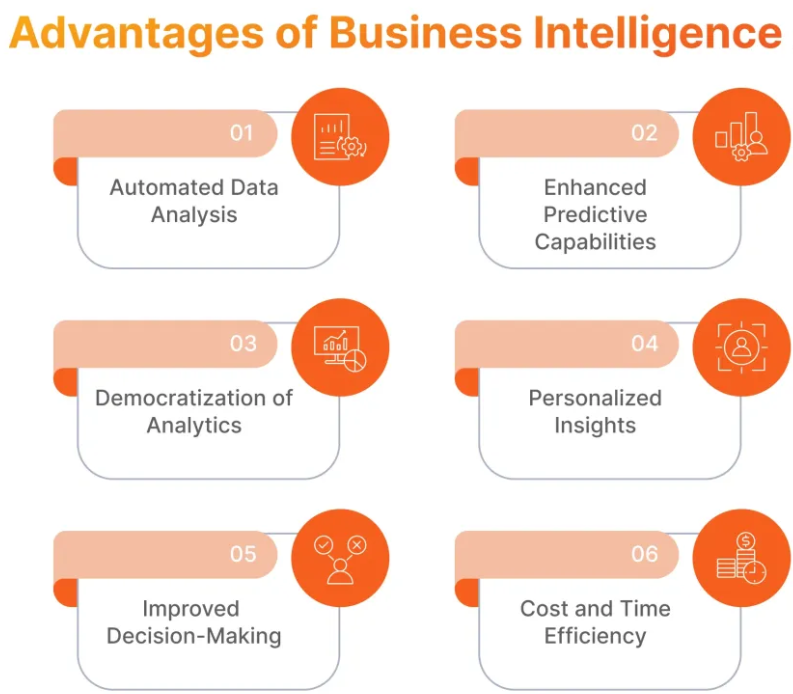24%20(1).jpg)
In industries whether manufacturing, utilities, telecommunications, or logistics the work done by field teams is critical to maintaining smooth operations and customer satisfaction. These teams tackle issues on-site, perform repairs, conduct inspections, and keep the wheels turning. But the true power lies beyond the physical work itself; it's in how the information gathered during these activities flows back to the organization and is transformed into actionable insights.
This seamless flow of information from the field to business decision-makers forms what can be called the “invisible chain.” Despite its importance, many organizations struggle with breaking down barriers in this chain, leading to delays, fragmented communication, and inefficiencies that can cascade throughout the business.
Imagine a technician finishing a repair and noting down key details: what went wrong, how it was fixed, parts used, and any potential risks spotted. If this valuable information isn’t immediately shared or is scattered across disconnected systems, critical decisions get delayed or made with incomplete data.
The consequences are far-reaching:
Effective data handover isn’t just a process—it's a competitive advantage. It empowers organizations to transform daily fieldwork into real business intelligence that drives strategic planning, resource allocation, and customer engagement.
Field personnel need mobile-friendly tools that allow instant recording of job details, including notes, photos, and status updates. This reduces errors from manual entry and eliminates delays caused by paper forms or returning to the office to upload data.
Instead of scattered spreadsheets or multiple disconnected software, all data should converge into a unified platform. This single source of truth guarantees that every team—from operations to sales—has access to the latest, verified information.
Establishing who needs which data and when is critical. Well-defined communication flows between field staff, sales, inventory management, and executives prevent bottlenecks and avoid miscommunication that can result in duplicated work or missed tasks.
Automation eliminates many manual steps. For example, when a field task is completed, an automated notification can alert the billing department, update inventory records, and trigger sales follow-up all without human intervention, reducing errors and speeding up workflows.
Maintaining detailed logs of data handovers allows managers to track how information moves through the system, identify where delays or errors occur, and refine processes. Over time, this continuous feedback loop strengthens operational efficiency and helps predict future needs.
When the invisible chain works flawlessly, the benefits become clear:
The results of a well-functioning invisible chain are not abstract—they translate into real, measurable advantages. Here’s a snapshot of the key benefits that business intelligence enables when data from the field flows efficiently:

In an increasingly competitive landscape, the organizations that excel are those that close the gap between on-ground work and business intelligence. Building a reliable data handover process supported by immediate data capture, centralized platforms, defined communication, automation, and continuous monitoring is no longer optional; it’s essential for operational success.
By strengthening this invisible chain, businesses not only improve efficiency but also unlock insights that can drive growth, innovation, and superior customer experiences.